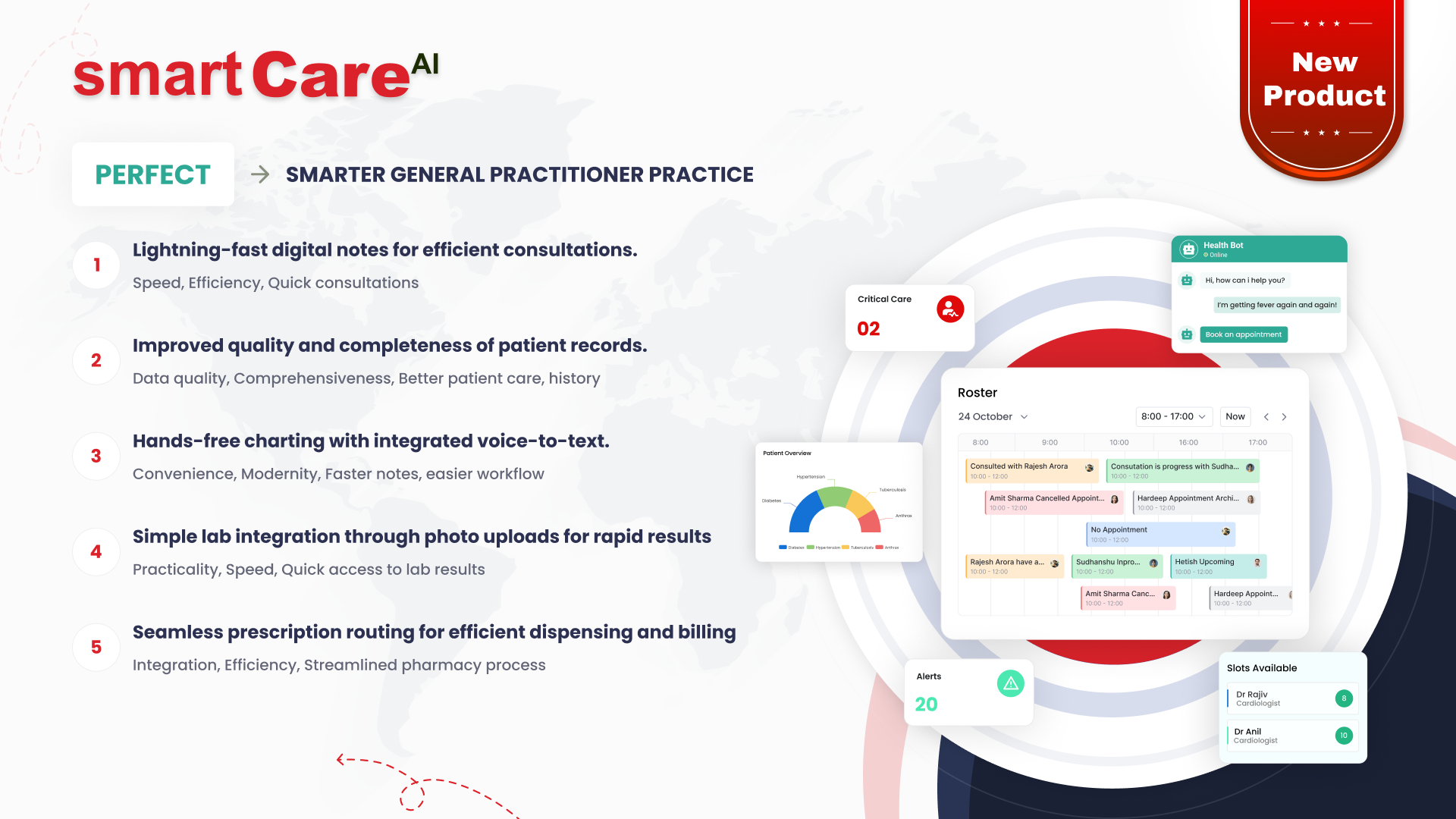
Posted On May 5, 2025
What Is the Role of Regulatory Compliance in Shaping Healthcare Software Solutions
In today’s healthcare landscape, technology plays a vital role in delivering quality patient care. However, as healthcare software becomes more advanced, the need for strong regulatory compliance becomes even more critical. Regulatory frameworks not only protect patient data but also ensure that digital solutions meet essential safety and ethical standards. Below, we explore how compliance helps shape healthcare software solutions from the ground up.
Why Compliance Is a Must in Healthcare Software
Compliance in healthcare software isn’t optional—it’s the foundation. Regulatory bodies such as the FDA (Food and Drug Administration), HIPAA (Health Insurance Portability and Accountability Act), and GDPR (General Data Protection Regulation) have established rules to protect patient data, ensure quality, and prevent misuse. For software developers, this means integrating legal requirements from the early design stages to ensure approval, security, and trust.
Without compliance, software cannot be legally marketed, nor can it be used by providers who must follow these laws. In short, compliance enables healthcare software to be both functional and usable in real-world clinical settings.
How Regulations Influence Software Design Choices
Regulations have a direct impact on how healthcare software is built. Developers must consider encryption standards, access controls, audit trails, and data retention policies—right from the first line of code. These legal considerations influence user interface design, backend functionality, and data management systems.
Rather than being a barrier to creativity, regulatory guidelines encourage developers to think more deeply about patient needs, safety, and transparency. In many ways, they guide the creation of more robust, reliable, and user-friendly solutions.
Meeting Patient Privacy Standards with the Right Tools
One of the key areas influenced by regulatory compliance is patient privacy. Software must protect sensitive health information, whether it’s stored in the cloud, transmitted between systems, or accessed by practitioners. To meet privacy standards, developers use secure APIs, data encryption, user authentication protocols, and role-based access controls.
These tools not only support compliance with laws like HIPAA and GDPR but also enhance patient confidence in using digital health platforms. Privacy protection is not just a box to tick—it’s a core feature of trustworthy software.
The Impact of HIPAA and GDPR on Health Apps
Both HIPAA and GDPR have significantly shaped how healthcare apps are developed and used. HIPAA, which applies to US-based healthcare providers, mandates how personal health information (PHI) is stored, shared, and accessed. GDPR, on the other hand, focuses on protecting user data within the European Union, with strict rules around consent, data usage, and breach reporting.
For software developers and healthcare organisations operating across borders, this means creating flexible, adaptive systems that can meet multiple regulatory standards. These frameworks push developers to build software that respects user control, accountability, and transparency.
Why Security Features Start with Compliance Rules
Security is a top priority in healthcare, and it often starts with regulatory requirements. Compliance frameworks provide detailed guidelines for data protection, including system monitoring, regular audits, and breach response plans.
By aligning security features with these regulations, developers can prevent unauthorised access, reduce vulnerabilities, and minimise the risk of cyberattacks. The result is healthcare software that doesn’t just perform well—it also protects what matters most: the patient.
Avoiding Legal Trouble Through Smart Software Development
In the healthcare industry, software that overlooks regulatory compliance can lead to serious legal consequences. From fines to lawsuits, the risks are high. That’s why smart software development integrates regulatory standards from the start. Developers and healthcare organisations alike must align with rules such as HIPAA (Health Insurance Portability and Accountability Act) and GDPR (General Data Protection Regulation) to ensure their tools protect both the patient and the business. In short, compliance is not just a box-ticking task—it’s a long-term legal shield.
How Regulatory Guidelines Build Patient Trust
Patients want to feel safe when sharing sensitive health information. When healthcare software complies with well-known regulations, it shows users that their data is being handled securely and ethically. Whether it’s securing digital records or managing consent for data use, clear compliance signals to patients that their privacy is a priority. Over time, this builds confidence and encourages more people to engage with digital healthcare solutions.
The Cost of Non-Compliance in Healthcare Technology
Ignoring regulations doesn’t just damage reputations—it hits the bottom line. Healthcare providers and tech firms that fail to meet compliance requirements face penalties, data breaches, and loss of client trust. Additionally, software that needs reworking after a failed audit can quickly become a costly project. That’s why getting it right from the beginning helps avoid unnecessary setbacks and keeps development on track.
Staying Updated: Why Regulations Keep Evolving
Regulations in healthcare aren’t static. As technology advances and data-sharing becomes more complex, laws evolve to protect patient rights and data security. Staying updated with the latest regulatory changes helps developers future-proof their software. Regular compliance reviews, staff training, and working with legal consultants are key to ensuring ongoing alignment with emerging rules and international standards.
Striking the Balance Between Innovation and Regulation
Innovation in healthcare software often faces the challenge of balancing creativity with compliance. While regulations might seem restrictive, they serve as a framework to guide safe and responsible development. The most successful healthcare solutions are those that meet legal requirements without sacrificing user experience or innovation. It’s about creating software that not only works well—but works right.
Conclusion: Compliance Is the Cornerstone of Reliable Healthcare Software
Regulatory compliance plays a central role in shaping safe, secure, and effective healthcare software solutions. It ensures that technology supports—not undermines—the wellbeing of patients, while also helping organisations avoid legal and financial setbacks. At smartdatainc.com, we understand that creating compliant digital solutions is essential for building long-term trust and delivering real impact in healthcare.
